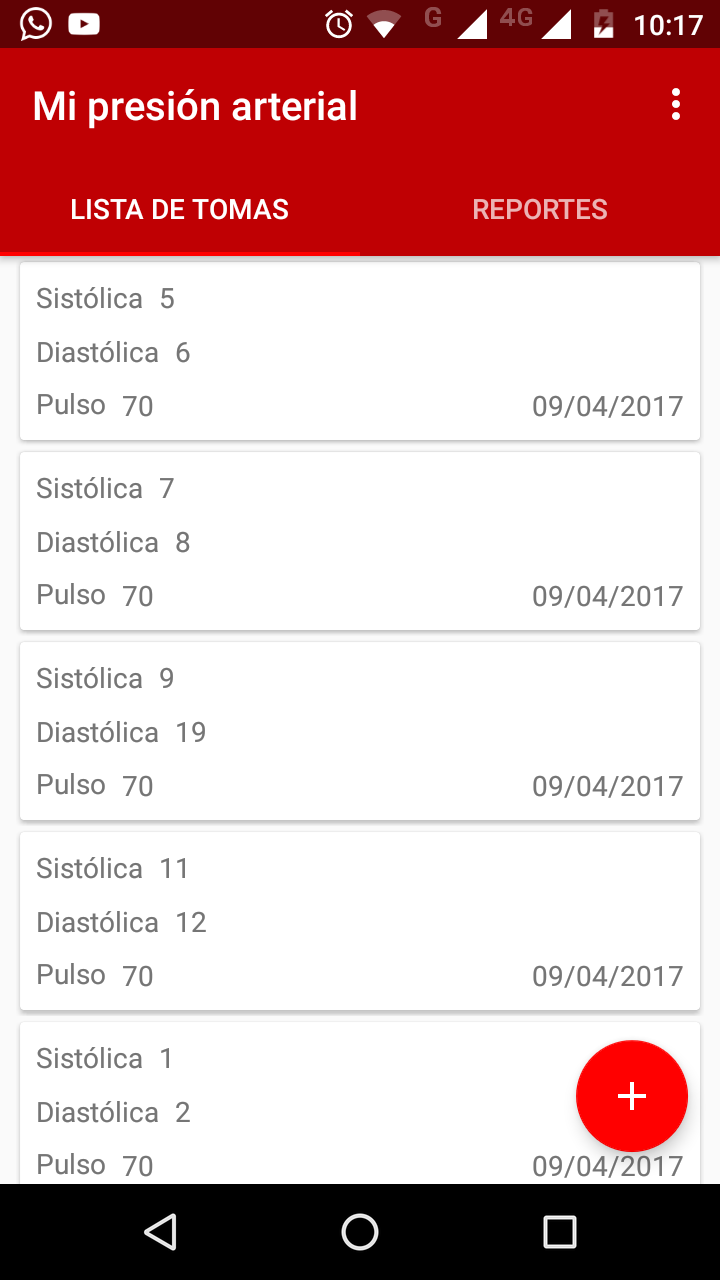如何指定映射配置和使用 Amazon 的 EMR 在 CLI 中使
时间:2023-09-27问题描述
我想知道在使用自定义 jar 运行流式作业时如何指定 mapreduce 配置,例如 mapred.task.timeout 、 mapred.min.split.size 等.
I would like to know how to specify mapreduce configurations such as mapred.task.timeout , mapred.min.split.size etc. , when running a streaming job using custom jar.
当我们使用ruby或python等外部脚本语言运行时,我们可以通过以下方式来指定这些配置:
We can use the following way to specify these configurations when we run using external scripting languages like ruby or python:
ruby elastic-mapreduce -j --stream --step-name "mystream" --jobconf mapred.task.timeout=0 --jobconf mapred.min.split.size=52880 --mapper s3://somepath/mapper.rb --reducer s3:somepath/reducer.rb --input s3://somepath/input --output s3://somepath/output
我尝试了以下方法,但都没有奏效:
I tried the following ways, but none of them worked:
ruby elastic-mapreduce --jobflow --jar s3://somepath/job.jar --arg s3://somepath/input --arg s3://somepath/output --args -m,mapred.min.split.size=52880 -m,mapred.task.timeout=0
ruby elastic-mapreduce --jobflow --jar s3://somepath/job.jar --arg s3://somepath/input --arg s3://somepath/output --args -jobconf,mapred.min.split.size=52880 -jobconf,mapred.task.timeout=0
我还想知道如何使用 EMR 中的自定义 jar 将 java 选项传递给流式作业.在 hadoop 上本地运行时,我们可以按如下方式传递:
I would also like to know how to pass java options to a streaming job using custom jar in EMR. When running locally on hadoop we can pass it as follows:
bin/hadoop jar job.jar input_path output_path -D
bin/hadoop jar job.jar input_path output_path -D< some_java_parameter >=< some_value >
推荐答案
我相信如果你想在每个作业的基础上设置这些,那么你需要
I believe if you want to set these on a per-job basis, then you need to
A) 对于自定义 Jars,将它们作为参数传递到您的 jar 中,然后自己处理它们.我相信这可以自动化如下:
A) for custom Jars, pass them into your jar as arguments, and process them yourself. I believe this can be automated as follows:
public static void main(String[] args) throws Exception {
Configuration conf = new Configuration();
args = new GenericOptionsParser(conf, args).getRemainingArgs();
//....
}
然后以这种方式创建作业(尚未验证是否有效):
Then create the job in this manner (haven't verified if works though):
> elastic-mapreduce --jar s3://mybucket/mycode.jar
--args "-D,mapred.reduce.tasks=0"
--arg s3://mybucket/input
--arg s3://mybucket/output
GenericOptionsParser 应该自动将 -D 和 -jobconf 参数传输到 Hadoop 的作业设置中.更多细节:http://hadoop.apache.org/docs/r0.20.0/api/org/apache/hadoop/util/GenericOptionsParser.html
The GenericOptionsParser should automatically transfer the -D and -jobconf parameters into Hadoop's job setup. More details: http://hadoop.apache.org/docs/r0.20.0/api/org/apache/hadoop/util/GenericOptionsParser.html
B) 对于 hadoop 流 jar,您也只需将配置更改传递给命令
B) for the hadoop streaming jar, you also just pass the configuration change to the command
> elastic-mapreduce --jobflow j-ABABABABA
--stream --jobconf mapred.task.timeout=600000
--mapper s3://mybucket/mymapper.sh
--reducer s3://mybucket/myreducer.sh
--input s3://mybucket/input
--output s3://mybucket/output
--jobconf mapred.reduce.tasks=0
更多详情:https://forums.aws.amazon.com/thread.jspa?threadID=43872 和 elastic-mapreduce --help
这篇关于如何指定映射配置和使用 Amazon 的 EMR 在 CLI 中使用自定义 jar 的 java 选项?的文章就介绍到这了,希望我们推荐的答案对大家有所帮助,也希望大家多多支持html5模板网!
相关文章
 如何检测 32 位 int 上的整数溢出?How can I detect integer overflow on 32 bits int?(如何检测 32 位 int 上的整数溢出?)
如何检测 32 位 int 上的整数溢出?How can I detect integer overflow on 32 bits int?(如何检测 32 位 int 上的整数溢出?) return 语句之前的局部变量,这有关系吗?Local variables before return statements, does it matter?(return 语句之前的局部变量,这有关系吗?)
return 语句之前的局部变量,这有关系吗?Local variables before return statements, does it matter?(return 语句之前的局部变量,这有关系吗?) 如何将整数转换为整数?How to convert Integer to int?(如何将整数转换为整数?)
如何将整数转换为整数?How to convert Integer to int?(如何将整数转换为整数?) 如何在给定范围内创建一个随机打乱数字的 intHow do I create an int array with randomly shuffled numbers in a given range(如何在给定范围内创建一个随机打乱数字的 int 数组)
如何在给定范围内创建一个随机打乱数字的 intHow do I create an int array with randomly shuffled numbers in a given range(如何在给定范围内创建一个随机打乱数字的 int 数组) java的行为不一致==Inconsistent behavior on java#39;s ==(java的行为不一致==)
java的行为不一致==Inconsistent behavior on java#39;s ==(java的行为不一致==) 为什么 Java 能够将 0xff000000 存储为 int?Why is Java able to store 0xff000000 as an int?(为什么 Java 能够将 0xff000000 存储为 int?)
为什么 Java 能够将 0xff000000 存储为 int?Why is Java able to store 0xff000000 as an int?(为什么 Java 能够将 0xff000000 存储为 int?)
最新文章
- Java 8 Stream 函数将字谜列表分组为列表映射
- 在 Hadoop 中,框架将 Map 任务的输出保存在普通
- 如何从spark中的hbase表中获取所有数据
- 如何使用命令行在 Linux 下使用 Java 构建 OpenCV?(将
- Yarn MapReduce 作业问题 - Hadoop 2.3.0 中的 AM 容器启动
- Hadoop - 直接从 Mapper 写入 HBase
- HDFS 文件校验和
- 600 秒内无法报告状态.杀戮!在 hadoop 中报告进度
- 使用 Eclipse 开发、测试和调试 Hadoop map/reduce 作业
- 如何在映射器(Hadoop)中使用 MATLAB 代码?
 如何使用 SimpleDateFormat.parse() 将 Calendar.toString()How can I Convert Calendar.toString() into date using SimpleDateFormat.parse()?(如何使用 SimpleDateFormat.parse() 将 Calendar.toString() 转换为日期?)
如何使用 SimpleDateFormat.parse() 将 Calendar.toString()How can I Convert Calendar.toString() into date using SimpleDateFormat.parse()?(如何使用 SimpleDateFormat.parse() 将 Calendar.toString() 转换为日期?)